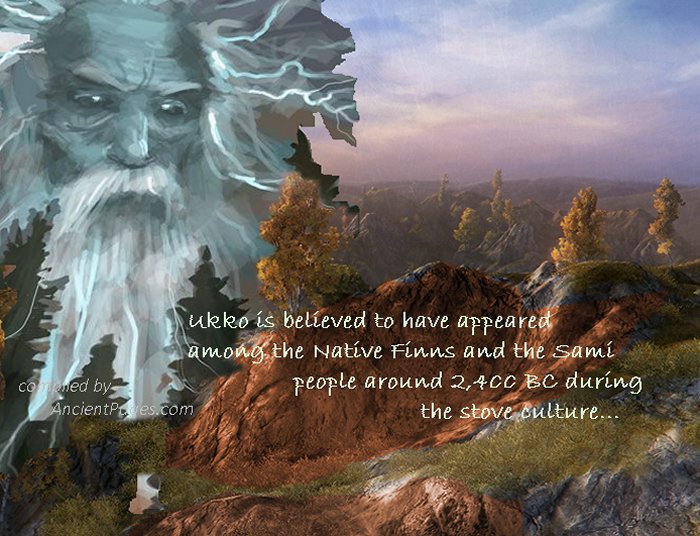Ukko: Karelian-Finnish God Of Thunderstorms, Harvest, Patron Of Crops And Cattle
A. Sutherland - AncientPages.com - In Karelian-Finnish mythology, Ukko ('grandfather 'or 'old man') was responsible for weather, lightning, and thunderstorms. He controlled the clouds and the harvest of the year.
Powerful thunderstorms were heard when the god Ukko drove his chariot through the skies, according to an ancient explanation of this natural phenomenon.
Frost, ice, snow, hail, wind and rain, sunshine, and shadow were believed to come from the hands of Ukko.
Ukko – the "The Pivot of the Heavens" - was often depicted as sitting upon a cloud in the sky's vault and bearing the firmament on his shoulders. As the god of heaven, he was pleased for the harvest to succeed. He was worshiped as the patron saint of crops and cattle.
Ukko created and maintained order in the world, and his act of creation of all things was described in the Finnish epic 'Kalevala':
"Ukko, that supreme Creator, he himself, Ukko, the god of heaven, separated water from heaven, he shared water with land (9: 33-36). "
Ukko Was Known By Many Epithets
In the Finnish epic 'The Kalevala,' Ukko was recognized as "The Leader of the Clouds," "The Shepherd of the Lamb-Clouds," "The God of the Breezes," "The Golden King," "The Silver Ruler of the Air," and "The Father of the Heavens."
The god of thunder has a long tradition in many ancient cultures. Some researchers suggested that Ilmarinen, divine blacksmith, inventor, and sky god, refers to the origin of Ukko because, in some legends, Ukko is the creator and blacksmith. Also, Ukko has counterparts in prominent deities described in Indo-European mythologies, including the Baltic god of thunder, Perkunas, the Norse god Thor, the Slavic god of heaven, and lightning, Perun, and Ukko's closest counterpart in Greek mythology, Zeus.
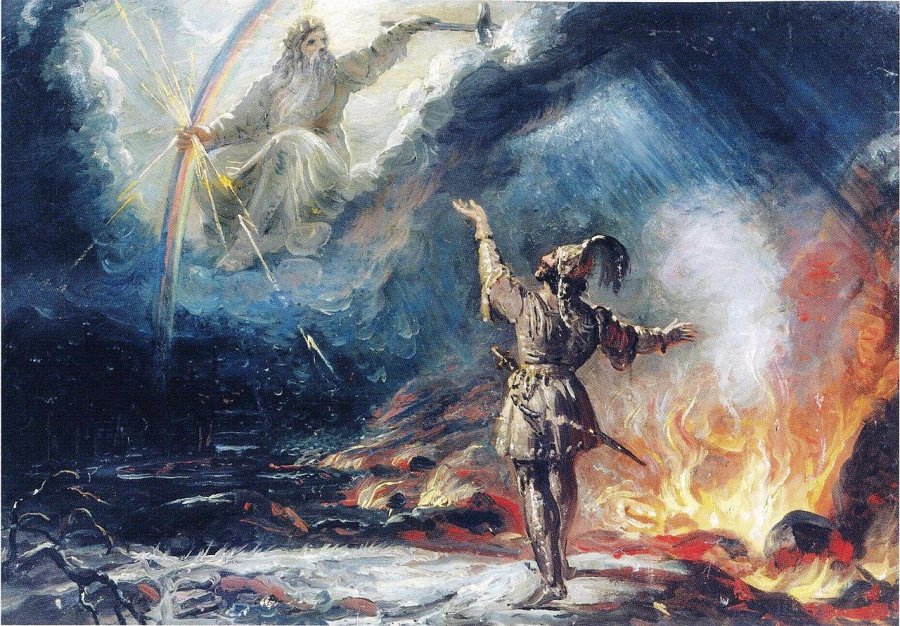 Painting by Robert Ekman in 1867 called Lemminkäinen asks help from Ukko ylijumala with crossing the lake in fire on his route to the wedding at Pohjola. Public Domain
Painting by Robert Ekman in 1867 called Lemminkäinen asks help from Ukko ylijumala with crossing the lake in fire on his route to the wedding at Pohjola. Public Domain
During the stove culture, a strong belief in the Karelian-Finnish god Ukko appeared among the Native Finns and the Sami people around 2,400 BC.
Ukko's Powerful Divine Weapons
According to legends, Ukko presented himself as a broad-axed, older man with a gray beard and white hair, dressed in a blue dress, riding a chariot along the heavenly stone road.
His main attributes were lightning, an ax, a magical hammer ('Ukonvasara' or 'hammer of Ukko'), and a flaming sword, which produced powerful lightning when hitting the ground.
He also had a fiery bow and fire arrows, and by using his tremendous powers, the great Ukko could strike evil spirits in the mountains that could only hide from his attacks in the water.
Numerous abandoned stone weapons were found in Karelia, Finland, at the beginning of the Copper Age. Then, local shamans collected and protected them for many years. These stone artifacts possessed certain heavenly powers to perform cures and heal diseases. The Finnish people called flint 'Ukonkivi' ("Ukkos sten"), or the firestone of the god Ukko" (Ukon pii), and as tradition has it, Ukko carved lightning from it.
Limited Knowledge About Ukko Comes From Poems And Songs
Information about the gods in Finnish mythology has been passed orally through poems and songs. The god Ukko was considered a demon among Christians in the Finnish regions since ceremonies and cults were related to Satan.
In ancient beliefs, the gods were not only good or bad, but forces of good and evil often accompanied them.
In his account of the Bible Book of Psalms from 1551, Mikael Agricola (1510–1555), the 16th century Lutheran bishop and reformer, described the pantheon of gods worshiped by the Finnish people in ancient times. He mentioned the sacred marriage of Ukko and his wife, Rauni. It was believed that when Rauni swears, god begins to get angry, and thunder rumbles just before people saw the flashes of lightning. Finally, the blessed rainfalls provide a harvest.
However, Agricola was a churchman, and the purpose of this description was to criticize and root out pagan customs firmly and not to continue the tradition of old deities.
Juhannus - Midsummer Holiday
Initially, it was a pagan celebration known as Ukon juhla, the celebration of Ukko, the most important god in Finnish mythology. Tradition has it that people place birch bunches of a birch on either side of the front door of their cabins or even on their boats to welcome visitors. In Finland, people still observe the Ukon juhla festival. When Finland became a Christian country, the Pagan festival was officially renamed "Juhannus," held in honor of John the Baptist. During the festival, it's a tradition to large lit bonfires by lakes and the sea.
On June 21, many people worldwide (especially the northern Europeans) celebrate the summer solstice, the so-called Midsummer. The celebrations take place on the day between June 19 and June 25 and the preceding evening. The exact dates vary among different cultures.
Written by – A. Sutherland - AncientPages.com Senior Staff Writer
updated on June 30, 2021
Copyright © AncientPages.com All rights reserved. This material may not be published, broadcast, rewritten or redistributed in whole or part without the express written permission of AncientPages.com
Expand for referencesMore From Ancient Pages
-
 New Path For Early Human Migrations Contradicts A Single ‘Out Of Africa’ Theory
Evolution | Oct 5, 2023
New Path For Early Human Migrations Contradicts A Single ‘Out Of Africa’ Theory
Evolution | Oct 5, 2023 -
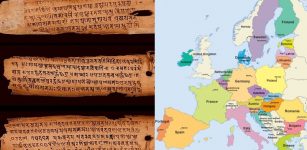 How Strong Is The Link Between Sanskrit And European Languages?
Linguistic Discoveries | Aug 5, 2020
How Strong Is The Link Between Sanskrit And European Languages?
Linguistic Discoveries | Aug 5, 2020 -
 Strange Radiation Case – Medical Files Secretly Erased?
Featured Stories | Sep 13, 2019
Strange Radiation Case – Medical Files Secretly Erased?
Featured Stories | Sep 13, 2019 -
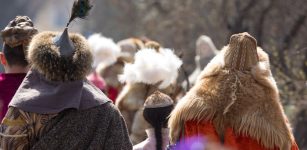 Something Unexpected Stopped Mongol Hordes From Conquering Europe
Featured Stories | Jul 11, 2017
Something Unexpected Stopped Mongol Hordes From Conquering Europe
Featured Stories | Jul 11, 2017 -
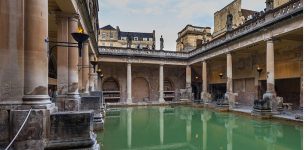 Ancient Skeletons Reveal Britain Suffered From Parasite Infections Since The Bronze Age
Archaeology | Apr 22, 2022
Ancient Skeletons Reveal Britain Suffered From Parasite Infections Since The Bronze Age
Archaeology | Apr 22, 2022 -
 Mysteries Of The Great Dismal Swamp – Unexplained Vanishings, Bewildering Encounters With Weird Beings, And Scary Legends
Featured Stories | Dec 22, 2024
Mysteries Of The Great Dismal Swamp – Unexplained Vanishings, Bewildering Encounters With Weird Beings, And Scary Legends
Featured Stories | Dec 22, 2024 -
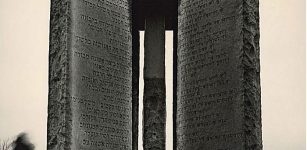 ‘Georgia Guidestones’: Bizarre Ominous And Strange Monument In North America
Featured Stories | Mar 27, 2022
‘Georgia Guidestones’: Bizarre Ominous And Strange Monument In North America
Featured Stories | Mar 27, 2022 -
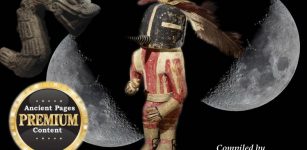 Secrets Of The Two Half Crescent Moons And The Serpent People
Ancient Mysteries | Jan 23, 2020
Secrets Of The Two Half Crescent Moons And The Serpent People
Ancient Mysteries | Jan 23, 2020 -
 Why Were Ancient And Medieval People Horrified Of The Night?
Featured Stories | Nov 11, 2024
Why Were Ancient And Medieval People Horrified Of The Night?
Featured Stories | Nov 11, 2024 -
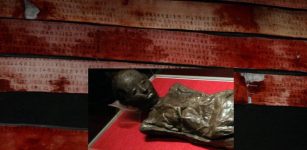 ‘Liber Linteus’ – Unique History Of Ancient ‘Linen Book’ Written In Etruscan That Still Remains Poorly Understood
Artifacts | Oct 21, 2019
‘Liber Linteus’ – Unique History Of Ancient ‘Linen Book’ Written In Etruscan That Still Remains Poorly Understood
Artifacts | Oct 21, 2019 -
 Strange 1,000-Year-Old Artifact Melted Out Of The Ice Identified With Help Of Photo!
Archaeology | Jan 31, 2023
Strange 1,000-Year-Old Artifact Melted Out Of The Ice Identified With Help Of Photo!
Archaeology | Jan 31, 2023 -
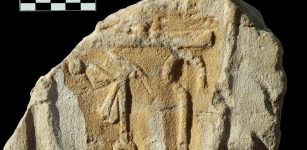 Gebel El Silsila: Remains Of Long-Lost New Kingdom Temple Found
Civilizations | May 19, 2015
Gebel El Silsila: Remains Of Long-Lost New Kingdom Temple Found
Civilizations | May 19, 2015 -
 Stunning Colorful Ancient Roman Mosaic With Found Under Aldi Supermarket Site In UK
Archaeology | Mar 20, 2023
Stunning Colorful Ancient Roman Mosaic With Found Under Aldi Supermarket Site In UK
Archaeology | Mar 20, 2023 -
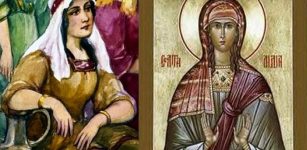 Biblical Lydia ‘Woman Of Purple’ Who Run Her Own Business
Biblical Mysteries | Apr 9, 2019
Biblical Lydia ‘Woman Of Purple’ Who Run Her Own Business
Biblical Mysteries | Apr 9, 2019 -
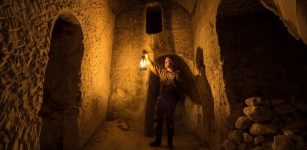 Mysterious Enormous Underground Labyrinth Of Egypt Holds Secrets Kept From The Outside World
Featured Stories | May 29, 2014
Mysterious Enormous Underground Labyrinth Of Egypt Holds Secrets Kept From The Outside World
Featured Stories | May 29, 2014 -
 Unexplained Teleportation Cases Of People – Dangerous Fog – Part 2
Ancient Mysteries | Oct 2, 2019
Unexplained Teleportation Cases Of People – Dangerous Fog – Part 2
Ancient Mysteries | Oct 2, 2019 -
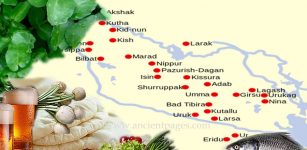 Food And Clothing Of Middle Class Of The Sumerian Society
Ancient History Facts | Aug 2, 2017
Food And Clothing Of Middle Class Of The Sumerian Society
Ancient History Facts | Aug 2, 2017 -
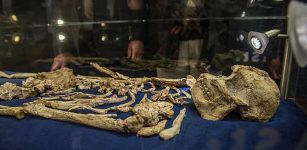 ‘Little Foot’ Is An Entirely New Species Of Early Human – Researchers Say
Archaeology | Jan 3, 2019
‘Little Foot’ Is An Entirely New Species Of Early Human – Researchers Say
Archaeology | Jan 3, 2019 -
 Incamisana Water Temple At Ollantaytambo, Peru: Marvelous Engineering Masterpiece Of Inca
Ancient Technology | Jul 19, 2019
Incamisana Water Temple At Ollantaytambo, Peru: Marvelous Engineering Masterpiece Of Inca
Ancient Technology | Jul 19, 2019 -
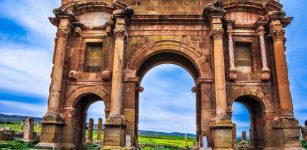 Ancient City Of Timgad: Largest Roman Settlement Ever Built In North Africa
Civilizations | Feb 28, 2023
Ancient City Of Timgad: Largest Roman Settlement Ever Built In North Africa
Civilizations | Feb 28, 2023

